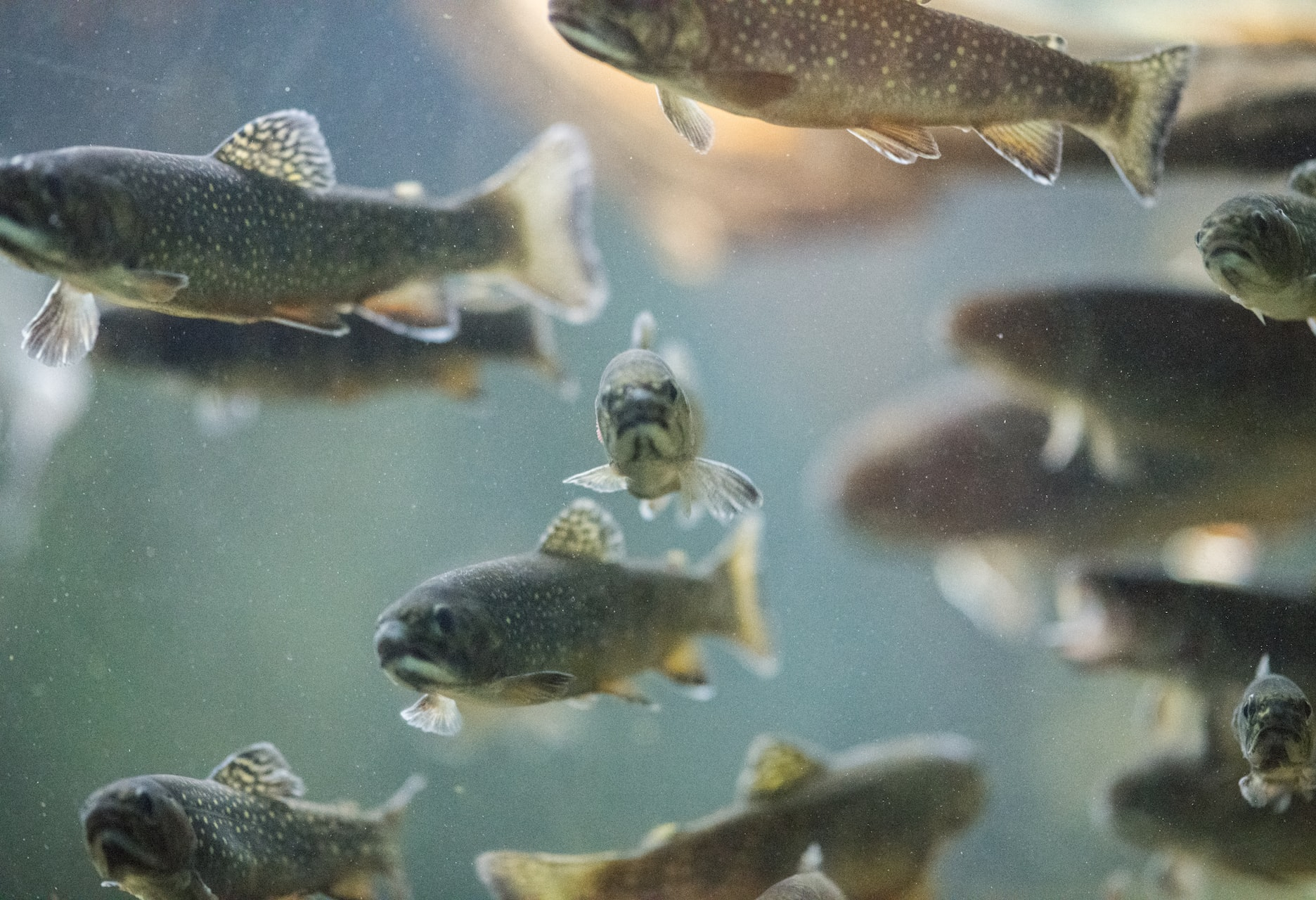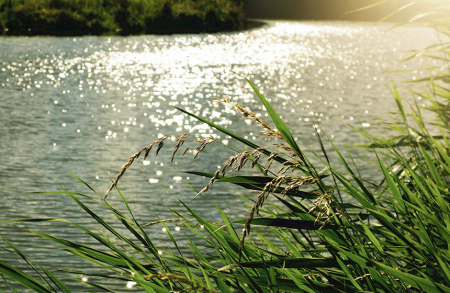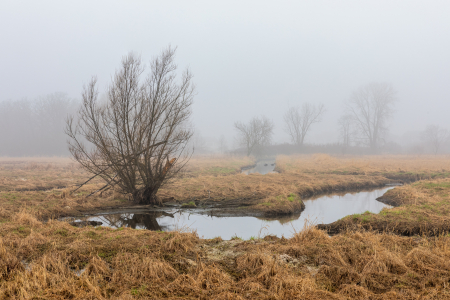Restoring degraded land in Kenya

Regreening Kenya is a project aiming to bring over 150,000 hectares of degraded land into restoration by 2022 and improve the livelihoods of 50,000 smallholders. The project has a community-centred approach, by which farmers are given individual support in transitioning to agroforestry. This gives direct benefits by providing a greater and more stable source of food and/or income, whilst also improving the biodiversity of the landscape. Suitable locations and species for restoration are chosen through assessment of soil and vegetation health, together with prioritisation by farmers. So far about 20,000 hectares are under restoration, through planting trees and shrubs within farmland and farmer-managed natural regeneration, involving pruning of regenerating tree stumps. Training is provided in tree planting, and tree species are selected to suit local climatic conditions and to provide food or income within a short period of time. Areas under restoration are monitored by a combination of ground surveys, satellite imagery and the Regreening Africa App.
Farmers who have benefited spread the word to other groups through, for example, exchange visits, community forestry associations and church communities. The project has engagement from both the public and private sectors at a range of levels, including county and national government agencies, community-based conservation groups, and commercial banks; this wide network helps reach more smallholders and bring in additional funding. Financial mechanisms are designed to target women and youth to reduce inequality.
Regreening Kenya has had great success so far in restoring degraded land and benefiting local people, and is an inspiration for the UN Decade on Restoration which officially launched at the beginning of 2021. Regreening Kenya is part of the wider Regreening Africa programme which aims to increase the resilience of 500,000 households across eight sub-Saharan African countries; this was initiated in 2017 and is funded by the European Union.
To learn more about Regreening Kenya read the EU summary and explore the page from Regreening Africa. You can also watch this webinar which brought together different groups contributing to the restoration programme, and keep an eye out for the National Land Restoration conference in June 2021.




